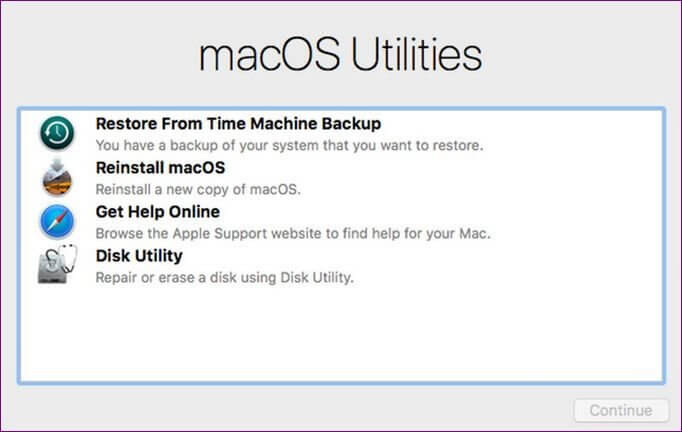

Can someone explain the concept of /23 IP assignment while using DCHP? Networking.

I highly recommend that you read "The Story of My Life" which. Helen Keller meets Anne Sullivan, her teacher and “miracle worker”(Personal Note from Jimender2: The below is a very brief summary of Helen Kellers life story.

OS X DISK REPAIR MODE PRO
OS X DISK REPAIR MODE MAC OS X
Http:/ / / kb/ HT4718? viewlocale=en_US &locale=en_USĪlso, as part of your toolkit, definitely get an external drive (Western Digital, LaCie) with Firewire 800 + USB, format it HFS+ J(with journaling) and install Mac OS X onto it (10.6.8 on one partition, 10.7.3 on another). Hold Command and R at boot (right away) to enter the Recovery partition. Indeed, Lion does have a recovery partition by default (but be aware that certain methods of installing Lion could leave you without the restore partition, but a default out-of-the-box Apple computer that shipped with Lion *will* have it). The great thing about DW is it can build a new drive directory and only commits the change to disk after many fail-safe checks that it makes. It's not a panacea of course, and shouldn't be used "just cuz" (it's available) any more than checkdisk should be used on a drive where you know it's failing and you have to get the data off as quickly as possible. repairVolume can't be used with the OS X volume after you have started up from it.Also keep in mind, if you use Firewire target disk mode on a Mac, and the drive is having serious electro-mechanical issues, it won't show up (via/during Firewire target disk mode).ĭisk Warrior is a top-notch tool for fixing certain kinds of HFS+ filesystem and drive (header) corruption issues. But it seemed to do the same operations as repairing the drive from Disk Utility. See diskutil list or df -h for the identifier of the drive.ĭiskutil repairDisk /dev/disk0 showed a warning like Repairing the partition map might erase disk0s1, proceed? (y/N), where disk0s1 is the EFI partition.
OS X DISK REPAIR MODE HOW TO
You could try saving this as ~/Library/LaunchDaemons/ist, but I don't know how to run it only after unclean reboots (or why it would be needed). Mounted or unmounted at it was before the command. TheĪppropriate fsck program is executed and the volume is left Repair the file system data structures of a volume. Required it must be a whole disk and must have a partition Physical Volume partitions, and the provisioning of spaceįor boot loaders. Include, but are not limited to, the repair or creation ofĪn EFI System Partition, the integrity of any Core Storage Repair the partition map layout of a whole disk intended forīooting or data use on a Macintosh. It says that you don't normally need to run fsck with journaled HFS+ volumes.įrom the diskutil man page: repairDisk device The OS X volume is verified when starting up in safe mode:ĭo you mean repairing the drive, repairing the main OS X volume, or running fsck? recommends first starting up in safe mode (which includes repairing the OS X volume), or if that doesn't work, repairing the drive or OS X volume from Disk Utility on the recovery partition. The verbose startup output looked the same after a normal restart, a hard restart, and a kernel panic: I don't know if OS X already performs some extra checks after hard shutdowns or kernel panics.


 0 kommentar(er)
0 kommentar(er)
